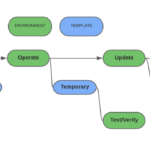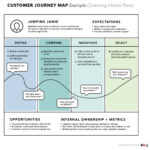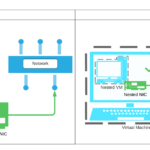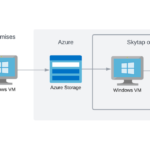AI, “A Stack of Laptops” and the interesting connection between the two
Recently, I attended an event about the use of AI with a company’s cloud-based file sharing and collaboration product. While the event was informative and inspiring, it was a conversation I had while at the event that stuck with me. The conversation was with the CTO of a Seattle-based engineering firm. What started out as










